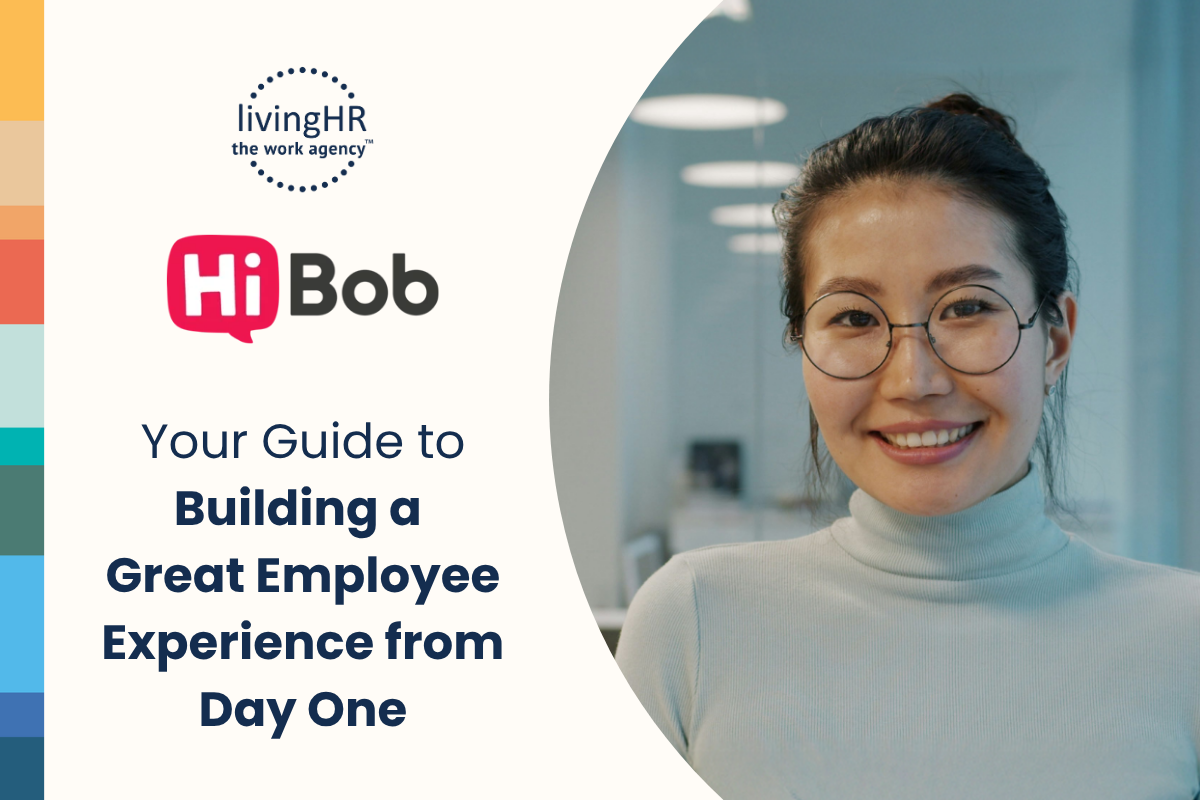Building a people strategy that stands the test of time requires organizations to rethink how they align workforce needs with business goals. By prioritizing a human-centered approach, companies can foster employee engagement, growth, and adaptability in today’s dynamic market.
According to a survey by Lattice, over 60% of HR leaders are prioritizing talent retention over hiring new employees. This focus on retention highlights a critical need for organizations to rethink how they manage talent and design strategies that foster sustainable success.
So, what exactly makes a people strategy different from HR strategy—and why is it essential for future-proofing your workforce?
People Strategy vs. HR Strategy: Understanding the Key Differences
While HR strategy focuses on logistical and operational aspects—like talent acquisition, compensation, and compliance—people strategy is more philosophical and relational. A people strategy emphasizes long-term growth, employee engagement, professional development, and fostering a meaningful work environment.
- HR Strategy: Primarily logistics-driven, focusing on transactional elements like talent acquisition (TA), compensation, and compliance
- People Strategy: Philosophical, targeting broader employee experience elements like engagement, learning & development (L&D), and wellbeing.
A future-proof people strategy not only ensures the smooth operation of HR processes but also positions employees at the center of the organization’s growth.
As Mercer’s 2024 Global Talent Trends report highlights, 68% of companies are now moving toward skills-based talent management, reflecting how future-ready organizations are aligning talent strategies with evolving business needs
7 Tips for a Future-Proof People Strategy
1. Understand Your Business Goals and Objectives
Crafting a people strategy that aligns with business objectives begins with defining KPIs and metrics that reflect workforce contributions to growth and innovation. Focusing on metrics that reveal employee alignment with company goals allows HR leaders to connect people initiatives with tangible business outcomes. By establishing these strategic connections, leaders create a foundation that supports long-term success and adapts as the organization grows.
2. Invest in Talent Acquisition and Development
Building a sustainable and future-ready workforce means investing equally in talent acquisition and employee development. While attracting new hires brings fresh ideas, nurturing current talent through continuous training allows employees to develop the skills needed to meet changing business demands. Providing pathways for career advancement and skill-building boosts retention by offering employees long-term opportunities. Organizations that prioritize both recruitment and growth create a balanced, agile team, better positioned to adapt to shifts within the industry.
3. Foster a Strong Company Culture
A positive company culture is foundational to attracting and retaining top talent, enhancing engagement, and aligning employees with the company’s mission. Cultivating a culture where employees feel valued and connected can improve morale and inspire loyalty, reducing turnover and driving productivity. An inclusive, purpose-driven culture empowers employees to bring their best selves to work, fostering a sense of ownership and satisfaction. When employees are engaged in a supportive, community-focused environment, they’re more likely to stay and contribute actively to organizational success.
4. Prioritize Employee Engagement and Wellbeing
Supporting employee engagement and wellbeing is essential for maintaining a motivated, productive workforce. By creating initiatives that prioritize mental health, meaningful work, and flexible policies, organizations demonstrate a genuine commitment to employee welfare. Such a focus not only drives job satisfaction but also positively impacts productivity, as engaged employees are often more dedicated and efficient. When wellbeing is prioritized, employees feel supported, leading to higher morale and a greater sense of belonging, which ultimately benefits both the organization and the individual.
5. Leverage Technology and Data Analytics
Integrating technology into HR practices is crucial for optimizing efficiency and enhancing decision-making. The AIHR Guide on People Strategy points out that “data analytics can provide insights into workforce trends, forecast needs, and track performance,” enabling HR teams to make strategic, data-driven decisions that align with organizational goals. From tracking engagement metrics to identifying skill gaps, analytics offers actionable insights that help HR teams stay ahead of workforce needs. Embracing technology also provides tools for automating routine tasks, freeing HR professionals to focus on strategic initiatives that enhance workforce planning.
6. Embrace Diversity, Equity, Inclusion, and Belonging (DEIB)
A strong people strategy emphasizes DEIB to create a supportive, innovative, and resilient workforce. Embracing diverse perspectives and fostering an inclusive environment encourages employees to bring their unique talents and ideas, boosting creativity and collaboration. By prioritizing equity and belonging, organizations create a culture that values each team member’s contributions, which can strengthen both employee satisfaction and retention. DEIB initiatives also broaden the talent pool by attracting a more diverse range of candidates, helping organizations stay adaptable and culturally aligned with the evolving workforce landscape.
7. Prepare for Future Trends and Disruptions
Staying adaptable in a world of constant change means regularly reassessing and evolving your people strategy. Whether adapting to hybrid work models, automation, or shifts in employee expectations, proactive planning allows organizations to meet future challenges with confidence. Regularly reviewing people strategies ensures they align with new trends and workforce dynamics, enabling organizations to pivot when necessary. By maintaining a flexible and forward-looking approach, companies safeguard resilience, ensuring they remain competitive and responsive to both current and future industry shifts.
Why Build a People Strategy?
At its core, a people strategy is about showing employees that you care by fostering trust, development, and belonging. When employees feel valued, engagement and loyalty follow—driving better outcomes for both individuals and the organization. Here’s why investing in a people strategy matters:
- Attract and Retain Top Talent: In a competitive labor market, companies with thoughtful people strategies can stand out by offering meaningful development opportunities and transparent pay practices. Research from Payscale indicates that organizations embracing pay transparency experience higher retention rates, while Mercer’s talent trends show that companies investing in L&D maintain stronger engagement.
- Improve Workplace Efficiency: A well-defined people strategy connects employee performance with business outcomes, ensuring that every individual is aligned with the company’s mission. AI tools and data analytics, increasingly adopted by companies, allow HR teams to make smarter decisions, streamline processes, and proactively address challenges before they impact productivity.
Building a people strategy isn’t just a checkbox exercise—it’s a deliberate effort to create an inclusive, engaging environment where employees and businesses can thrive. Let’s work together to align your workforce with your company’s goals—schedule a discovery call today and start building a future-proof people strategy!






